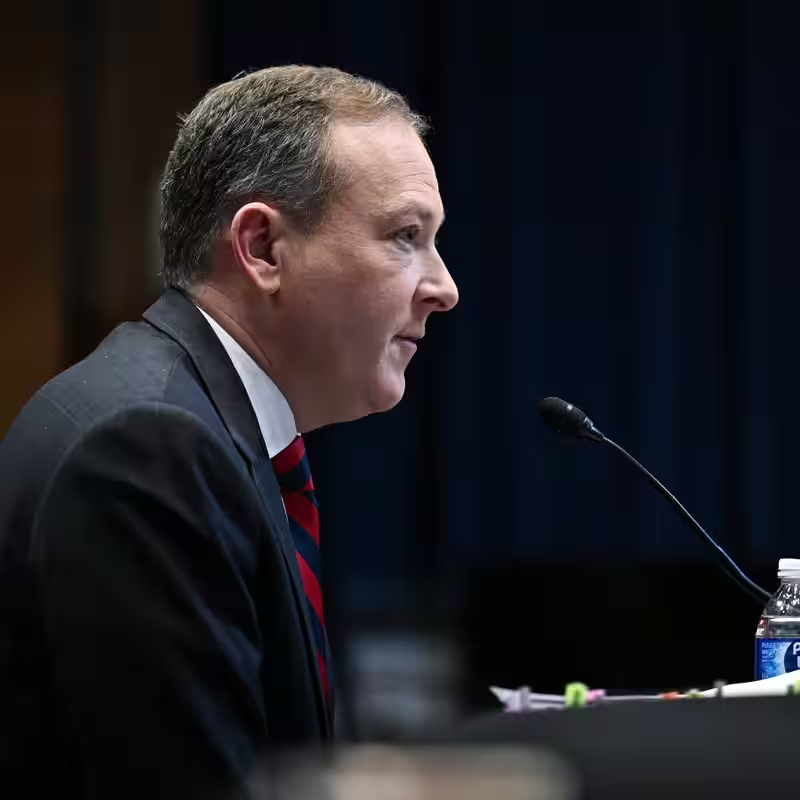Focus Keyword: EPA Alaska flood grant
In a stunning and tragic twist of timing, the Environmental Protection Agency (EPA) canceled a $20 million flood protection grant for the remote Alaskan village of Kipnuk just days before the community was swamped by severe flooding. The decision—part of a broader rollback of climate resilience funding under the Trump administration—has drawn sharp criticism from tribal leaders, environmental advocates, and lawmakers who say lives and infrastructure were needlessly put at risk.
Table of Contents
- Alaska Village Flooded After Grant Cancellation
- What Was the EPA Alaska Flood Grant For?
- Timing and Political Backlash
- Climate Vulnerability in Rural Alaska
- What Happens Next?
- Sources
Alaska Village Flooded After Grant Cancellation
On Sunday, October 12, 2025, Kipnuk—a Yup’ik community of about 800 people located on the Bering Sea coast—was inundated by floodwaters driven by a powerful storm system. Homes were flooded, roads washed out, and emergency evacuations were considered as water levels rose faster than expected.
Just two weeks earlier, the EPA had abruptly rescinded a $20 million grant awarded under the Biden administration to construct critical flood barriers, elevate infrastructure, and develop a long-term climate adaptation plan. The agency offered no public explanation for the reversal, but internal documents suggest it was part of a directive to halt “non-essential climate expenditures.”
What Was the EPA Alaska Flood Grant For?
The grant, originally approved in late 2024, was intended to fund a comprehensive flood resilience project tailored to Kipnuk’s unique geography. The village sits on a low-lying tundra with no natural drainage, making it exceptionally vulnerable to storm surges and coastal erosion—both worsening due to Arctic warming.
Planned projects included:
- Construction of a 6-foot berm along the shoreline
- Elevation of homes and the community health clinic
- Installation of emergency pumps and drainage canals
- Development of an early-warning flood alert system
“We had the money. We had the engineers. We were ready to break ground in November,” said Kipnuk Tribal Administrator Mary Akerelrea. “Now we’re sandbagging with whatever we can find.”
Timing and Political Backlash
The cancellation has ignited bipartisan concern. Senator Lisa Murkowski (R-AK) called the move “reckless and short-sighted,” while Representative Mary Peltola (D-AK) demanded an immediate EPA briefing. “You don’t pull life-saving infrastructure funding and then act surprised when disaster strikes,” Peltola said in a statement.
Environmental justice groups note that Kipnuk is one of dozens of Alaska Native villages facing existential threats from climate change. Yet it’s among the few that had secured major federal funding—only to lose it without warning.
Timeline of Events
| Date | Event |
|---|---|
| Dec. 2024 | EPA awards $20M flood resilience grant to Kipnuk |
| Sept. 30, 2025 | EPA quietly cancels grant; no public notice |
| Oct. 12, 2025 | Severe storm floods Kipnuk; emergency declared |
| Oct. 14, 2025 | Public outcry grows; lawmakers demand answers |
Climate Vulnerability in Rural Alaska
Kipnuk is not alone. Over 30 Alaska Native communities are actively seeking to relocate due to permafrost thaw, sea-level rise, and increased storm intensity. The U.S. Government Accountability Office has labeled these villages as “imminently threatened.”
Yet federal support remains inconsistent. While the EPA canceled Kipnuk’s grant, it simultaneously approved millions for industrial permitting reviews in the same region—a discrepancy critics say reflects misplaced priorities.
What Happens Next?
FEMA has dispatched a rapid assessment team to Kipnuk, but long-term recovery remains uncertain without the original infrastructure plan. Tribal leaders are now petitioning Congress for emergency reauthorization of the EPA Alaska flood grant, arguing that the cancellation violated federal trust responsibilities to Indigenous communities.
As Arctic temperatures continue to rise at triple the global average, the flooding in Kipnuk may be a grim preview of what’s to come—for Alaska, and for coastal communities nationwide.




